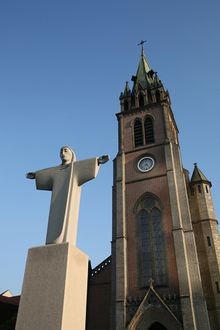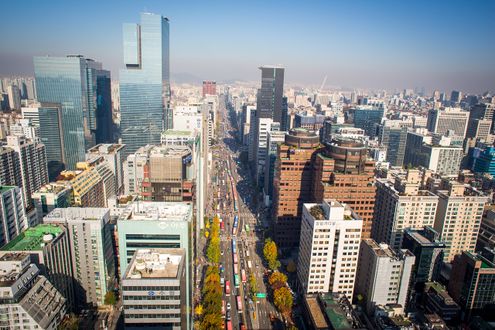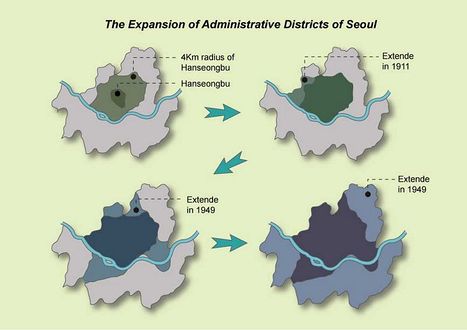Seoul, the Heart of Asia - Past and Future
Seoul is the capital city of the Republic of Korea and has a history of more than 2000 years. It is the primary metropolis of all Korea, bustling with over 10 million residents, and home to many historical relics, artifacts and various cultural assets.
Seoul first became a capital during the ancient Three Kingdoms Period when Baekje erected its capital on the southeastern side of Seoul in 18 BC and ruled until 475 AD (about 500 years). It was a fortress town and sometimes a secondary royal-seat for a millennium after that, and came to be called Hanyang. Two years after founding the Joseon Dynasty in Kaesong, King Taejo moved the capital to Hanyang in 1394, as a thoroughly planned city with its basic design based on Neo-Confucianism and Feng Shui.
Seoul has continued to serve as capital through the Colonial era and the Republic of Korea. The city’s center expanded from the old downtown to areas south of the Han River. It has as many tourism and leisure attractions as any global-class megalopolis.
Headquarters of major Korean companies and branches of international corporations are also located in Seoul. Seoul is also the home to the headquarters of various economic organizations such as the Korea Chamber of Commerce and Industry, the Federation of Korean Industries, Korea Federation of SMEs, Korea Trade-Investment Promotion Agency, and the Korean Employers Federation.
As of 2017, Seoul is connected directly with 186 cities in 54 countries around the world through Gimpo and Incheon International Airports. Tourists visiting Seoul are attracted to the dynamic and convenient city life. Delivery systems that bring all kinds of goods to the front doors of homes have been made possible because of the high population density. Some have expressed that Seoul is an 'exciting hell'. However, the city’s crime rate is relatively low compared to other major cities in the world, so it is very safe to live in.
When the Korean Peninsula is unified, Seoul will be in a favorable position to become an important nexus for roads and railways connecting Asia and Europe. Incheon, Busan, Mokpo and Pyeongtaek are harbors with access to the ocean which will also be connected to land via high-speed railways and expressways. Based on this infrastructure, Seoul is expected to play a central role in the cultural and political economy of the Far East.









